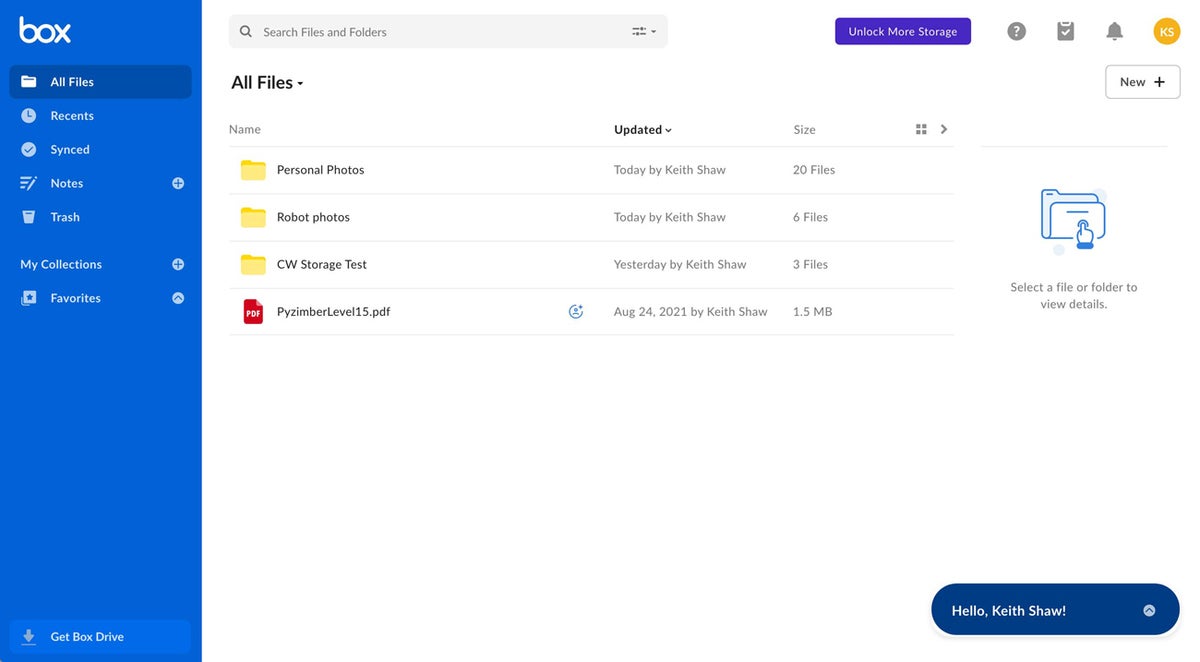

The Orchestra system 268 544 takes PDMSs one step further and focuses on collaboration among multiple data owners.

One means of propagating such updates is via triggers.
#Network file sharing program update#
Another related idea is that of update coordination across parties with different levels of abstraction, studied in. Second, the paper considers the problem of composing mapping tables and determining whether a set of mapping tables is consistent and shows that in general, the problem is NP-complete in the size of the mapping tables. The semantics also differ on the meaning of a value not appearing in the mapping table. In the closed-world semantics, the presence of a pair ( X, Y) in the mapping table implies that X (or Y) cannot be associated with any other value, while in the open-world assumption they can. First, the paper considers two semantics for mapping tables – the open-world semantics and the closed-world semantics. That paper considers several other interesting details concerning mapping tables. Mapping tables were introduced in, where the Hyperion PDMS is described. In particular, the similarity-based reformulation is described in more detail in. The looser architectures we described in Section 17.6 are from 2 346 459. A variant on the notion of composition is to merge many partial specifications of mappings, as is done in the work on the MapMerge operator. describe a practical algorithm for implementing composition. present more complexity results regarding composition, and in Bernstein et al. also showed that composition of GLAV formulas can always be expressed as a finite number of second-order tuple-generating dependencies, where relation names are also variables. , and Theorems 17.4 and 17.5 are also taken from there. The definition we presented is based on the work of Fagin et al. They also showed that compositions of GLAV mappings may require an infinite number of formulas. a class of queries and several restricted cases where composition can be computed were identified. In that paper, composition was defined to hold w.r.t. The problem of composing schema mappings was initially introduced by Madhavan and Halevy.

Optimization algorithms, including methods for ignoring redundant paths in the reformulation and the effect of mapping composition, are described in 288 541. The language for describing peer mappings in PDMSs and the query reformulation algorithm are taken from, describing the Piazza PDMS. Connections have also been made between PDMSs and architectures for the Semantic Web 2 10 287. Some of the systems that were built in this spirit were 74 283 309 346 433 459 544 585. The emergence of of peer-to-peer file sharing systems inspired the data management research community to consider P2P architectures for data sharing. Zachary Ives, in Principles of Data Integration, 2012 Bibliographic Notes


 0 kommentar(er)
0 kommentar(er)
